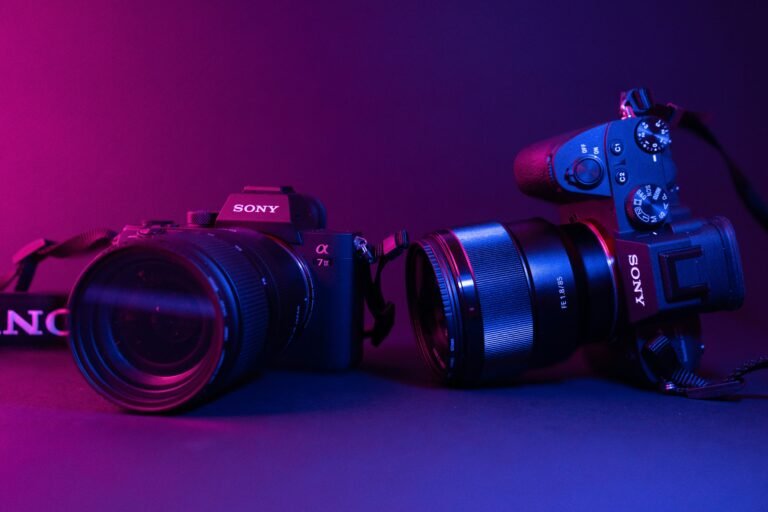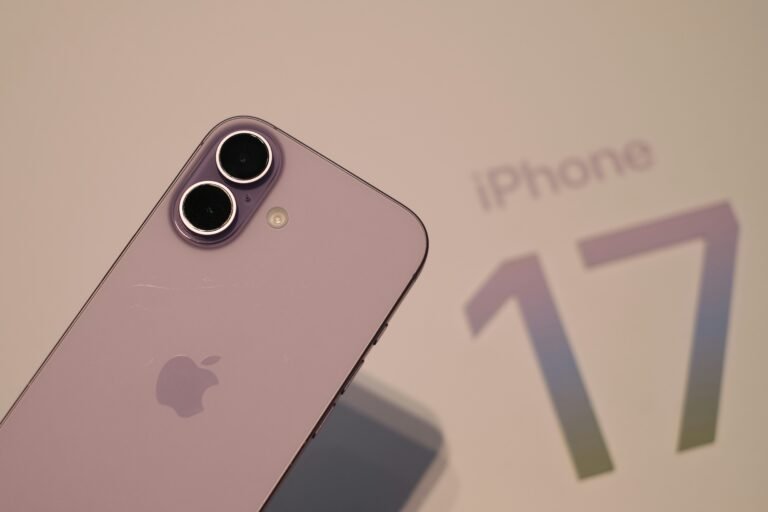A few years ago, wearable technology meant simple step counters. Today, it’s a key player in preventive healthcare and personal wellness. Smartwatches, fitness trackers, and even smart rings are helping people monitor their health in real time—detecting early warning signs, managing stress, and encouraging better habits.
This blog explores how wearable tech is changing the way we understand and take control of our health. We’ll look at what’s driving this revolution, the benefits and challenges, and how these devices are shaping the future of medicine.
1. The Evolution of Wearable Health Tech
Wearables have evolved from novelty gadgets to reliable health companions. The early devices were focused on fitness—counting steps or calories. But thanks to advances in AI, biosensors, and mobile health platforms, modern wearables can now monitor complex health indicators such as heart rhythm, oxygen levels, and even sleep quality.
Key milestones in this evolution:
-
2011–2014: Rise of fitness trackers (Fitbit, Jawbone) focusing on activity tracking.
-
2015–2019: Smartwatches like Apple Watch and Samsung Gear introduced heart rate monitoring and app integrations.
-
2020–Today: Devices like Oura Ring, Fitbit Sense, and Garmin Venu integrate AI and medical-grade sensors for advanced analytics.
These devices now bridge the gap between lifestyle monitoring and clinical insight—helping users and doctors make data-driven health decisions.
2. How Wearables Are Transforming Health Monitoring
Modern wearables continuously collect data on key metrics, giving users insight into their health trends rather than one-time snapshots. Here’s how they’re making a difference:
Heart Health and Early Detection
Devices like the Apple Watch Series 9 and Fitbit Sense 2 use photoplethysmography (PPG) sensors to detect irregular heart rhythms, sometimes catching early signs of atrial fibrillation (AFib). In 2019, an Apple Heart Study involving over 400,000 participants found that wearables can accurately detect irregular heartbeats, encouraging timely medical follow-up.
Sleep and Stress Tracking
Wearables now use AI to interpret data from heart rate variability, motion, and temperature to gauge stress and sleep quality. Apps like Oura and Whoop translate this into actionable advice—suggesting earlier bedtimes or breathing exercises when stress levels spike.
Metabolic and Oxygen Tracking
Pulse oximetry (SpO2) sensors measure blood oxygen levels, while some wearables are now testing non-invasive glucose monitoring for diabetics. Devices like Ultrahuman Ring Air and Dexcom G7 are leading this innovation.
3. Personalized Health Insights
The real power of wearable tech lies in personalization. Unlike traditional checkups, wearables collect continuous, real-time data, allowing users to see how daily habits affect their health.
For example:
-
If your resting heart rate increases after several nights of poor sleep, your device may suggest rest or hydration.
-
If stress metrics stay high during workdays, it can recommend short breaks or mindfulness sessions.
This kind of feedback creates awareness and promotes behavioral change—arguably one of the biggest challenges in healthcare. By showing how small habits impact long-term health, wearables make wellness more tangible and motivating.
4. Empowering Preventive Healthcare
Wearable technology supports a shift from reactive care (treating illness) to proactive care (preventing it). Continuous data can help identify potential problems before they become serious.
How it’s being used in real-world healthcare:
-
Remote patient monitoring: Doctors use wearable data to track patients recovering from surgery or managing chronic conditions.
-
Early intervention: Alerts for irregular heart rhythms or oxygen drops can prompt early diagnosis.
-
Telehealth integration: Platforms like Apple Health and Google Fit allow data sharing with physicians, making virtual consultations more effective.
A 2023 report by McKinsey estimated that wearable health tech could reduce hospital visits by up to 20% through early detection and remote monitoring.
5. Challenges and Ethical Considerations
While wearables offer many benefits, they also raise valid concerns:
1. Data Privacy and Security
Health data is deeply personal. Users must trust that companies protect this data and comply with regulations like GDPR or HIPAA. Always review a device’s privacy policy and limit unnecessary data sharing.
2. Accuracy and Medical Validation
Consumer devices are improving, but they’re not always medical-grade. Factors like skin tone, tattoos, and motion can affect sensor readings. It’s important to treat wearables as complementary tools, not replacements for professional care.
3. Digital Fatigue and Dependence
Constant tracking can lead to anxiety or over-monitoring—something psychologists refer to as “data stress.” Taking occasional breaks from monitoring can help maintain a healthy balance.
6. The Future of Wearable Health Tech
The next generation of wearables will go beyond monitoring—they’ll predict and even prevent health issues. Expect major progress in areas like:
-
Non-invasive blood glucose tracking (being tested by Apple and Samsung).
-
AI-driven predictive analytics that identify risk factors before symptoms appear.
-
Smart textiles and biosensors embedded in clothing for continuous monitoring.
-
Mental health tracking, where AI can detect emotional patterns from tone, activity, and sleep.
Wearables will likely integrate with electronic health records (EHRs) and AI-powered diagnostics, allowing healthcare providers to deliver more personalized and efficient care.
7. How to Choose the Right Wearable for You
Not all devices suit every user. Here’s a quick checklist to guide your decision:
✅ Define your goal: Do you want fitness tracking, stress management, or medical monitoring?
✅ Check compatibility: Make sure the device works with your phone and health apps.
✅ Review accuracy and battery life: Look for devices validated by studies or user reviews.
✅ Understand data ownership: Choose brands with transparent data policies.
✅ Prioritize comfort: A device you can wear consistently will deliver better insights.
Conclusion: From Tracking to Transforming Health
Wearable technology is doing more than counting steps—it’s empowering people to take charge of their health. By turning complex biometrics into understandable insights, wearables bridge the gap between personal wellness and professional healthcare.
The real revolution lies in awareness and prevention. As these devices continue to evolve, they’ll become less about gadgets and more about guidance—quietly helping us live longer, healthier, and more balanced lives.




